By Robert Mueller
Upon visiting Oradour-sur-Glane, one finds a quiet, rural French village where the populace carries on about its business much like in any commune in France. However, there are two Oradour-sur-Glanes, and one of them, while quiet, is not peaceful. The original Oradour retains all of the scars of the atrocity committed there on June 10, 1944.
The French region of Limousin had been a hotbed of communist resistance to German occupation since the organization of the first guerrilla bands, or maquis, in the spring of 1942. Young men attempting to avoid deportation to Germany as forced labor swelled the ranks of militant resistors. The communist strategy was to use every opportunity to inflict damage on the Germans or the French that supported them. As the anticipated Allied invasion of the European continent grew near, attacks and reprisals increased in frequency and ferocity.
Das Reich’s Reprisals After D-Day
Although only 38 years old, Brigadeführer (brigadier general) Heinz Lammerding was appointed commander of the 2nd SS Panzer Division “Das Reich,” somewhat because of his friendship with SS chieftain Heinrich Himmler. Trained as an engineer, he was an early convert to Nazism and became an SS member in 1935. During Operation Barbarossa, the German invasion of the Soviet Union begun in June 1941, he had participated in the destruction of entire villages that had been accused of harboring partisans.
Stationed in the south of France, Das Reich had been rebuilding after losses suffered in Russia. Although most of the unit’s troops were 17- or 18-year-old boys, the core officers and NCOs were experienced fighters from the Eastern Front. After the Allies had landed their armies on the coast of Normandy, the German high command (OKW) struggled with the question of how best to respond while maintaining control of the interior. There was little argument that additional forces would be required to repel the invasion, but Army Group G headquarters in Toulouse was receiving reports of uprisings throughout central and southern France. An OKW signal stated: “It is necessary to use intimidating measures against the inhabitants. It is necessary to break the spirit of the population by making examples.” The division received orders to prepare to move north.
Emboldened by the invasion and having received arms and instructions from Allied planners, the French Resistance erupted in armed revolt, determined to delay the movement of German forces. Roadside trees were dropped across highways, telephone cables cut, bridges blown, and small German detachments ambushed. Uncoordinated bands of fighters skirmished with 2nd SS Panzer units as they moved toward Limoges, inflicting some German casualties while suffering losses due to lack of discipline and heavy weapons.
On June 7, in an all-out maquis assault on the German garrison town of Tulle, the Germans suffered 97 casualties including 37 dead in two days of street fighting. The resistance went as far as to declare the city of 21,000 liberated from German forces. The Tulle uprising was put down by men of Das Reich Reconnaissance Battalion No 2. On June 9, a group of 99 suspected members of the resistance were hanged from the town’s balconies and lamp posts; 149 were deported to Dachau, and of those only 38 survived the war.
On that same evening, Sturmbannführer (major) Helmut Kämpfe, commander of the division’s Battalion No. 3, was returning to his main force in Limoges accompanied only by his chauffeur after putting down a similar uprising in the town of Guéret. Their car was stopped by maquis near La Bussière, 24 kilometers northeast of the city; the chauffeur was shot and Kämpfe taken prisoner. Later that night, the resistance sabotaged a section of railroad track and viaduct in St.-Junien. While the passengers and 10 German soldiers were walking around the damaged section, two of the soldiers were shot.
The Germans applied the antiterrorist technique they had learned fighting the partisans in Russia—instant and indiscriminant reprisal. Sturmbannführer Adolf Diekmann (sometimes incorrectly referred to as Otto Dickmann), a close personal friend of Kämpfe, led men of the SS Der Führer Regiment’s Battalion No. 1 against the town of Oradour-sur-Glane to exact punishment. What happened next raised Oradour to the level of Lidice, Czechoslovakia, a town that had been wiped out in reprisal for the assassination of high-ranking SS officer Reinhard Heydrich in May 1942, in the annals of World War II crimes against civilians.
The Town of Oradour-sur-Glane
In 1944, Oradour-sur-Glane was a thriving market town, thriving as much as it could in occupied France, but its inhabitants seldom suffered from want, as Oradour had a reputation for abundant food provided by the lush countryside’s numerous farms. Consequently, the town was overflowing with civilian evacuees, including Spaniards who had fled fascism and found the town after defeat in the Spanish Civil War. A few Alsatians who had been evacuated from the French province at the outbreak of hostilities in 1939 chose to stay rather than reenter territory claimed as part of the Third Reich. French citizens from Lorraine who had fled their homes before the Germans closed the border found shelter among their countrymen. A few Jews living under assumed names hid among the locals. They all had sought safety in the heart of rural France.
Although the town’s normal population was about 330, on this peaceful Saturday, June 10, 1944, its population had risen to 650. An antiquated, one-track tram line operated between Limoges and St.-Junien, passing through the length of the town from its station near the Mairie and down the hill to the stop on the opposite side of the town by the river. Saturday shoppers crowded the few operational cars to complete their weekly search for produce. Even though it was Saturday, schoolchildren from the countryside were in town for a planned health inspection. Adults joined them as they awaited the distribution of the tobacco ration. There was little concern in Oradour, as it garrisoned no troops, hid no guns, had no history of resistance, and generally played no part in the war.
Rounding Up the Town’s Citizens
At approximately 1:30 pm, a 180-man detachment from the 3rd Company, commanded by Hauptsturmführer (captain) Otto Kahn, appeared from the direction of Limoges and searched the isolated farm buildings lying to the south of the town. They gathered up the civilians as they moved north after setting fire to their homes and barns. One such patrol came upon the tenant farm of Jean Rouffanche and his 47-year-old wife, Marguerite. Along with their extended family of two children, a grandchild, and a grandmother, they were herded along with others into Oradour.
Some minutes later, a convoy of trucks, halftracks, and cars crossed the Glane bridge and rode up Rue Emile Desourteaux, the town’s main street. The Germans debouched and rapidly sealed the town. At first, most local people were only interested in enjoying their noon meal, as the town had a history of being left alone by the German authorities and few incidents had occurred in the area. However, several refugee Jewish families did take alarm; the Pinéde family, lodging in the Hotel Avril, hid their three children in a closet under the hotel stairway. Several young men wishing to avoid forced labor in Germany also hid in various buildings or escaped through the fields.
Dr. Jean Desourteaux was the town’s mayor as well as its doctor, as was his father before him. His son was also a doctor, and the Desourteaux family was the most prominent in the town. Sturmbannführer Diekmann ordered the mayor to the Champ de Foire, or marketplace, where he demanded that all the town residents present themselves for an identity check. Random reviews of identification papers were a standard activity of occupation. No threats had been received and none given. However, the first sense of alarm ran through the assembling townspeople as the SS set up machine guns in the market.
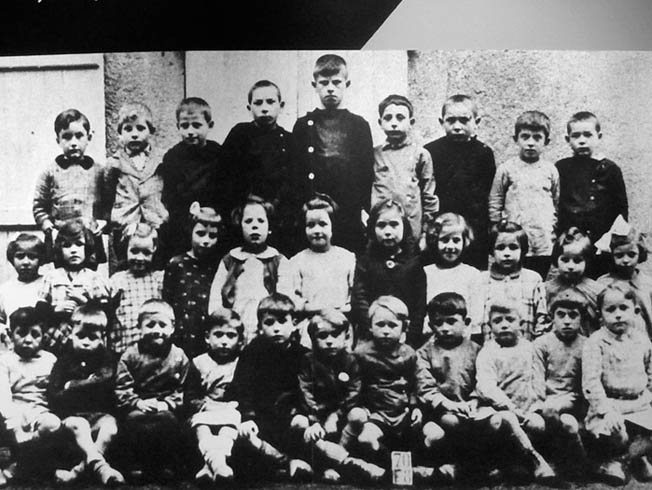
Military trucks carrying people from the outlying communities arrived in the market square. Troops spread through the town, pounding on doors, searching buildings, and hurrying the dawdlers along. As the crowd in the market grew, people were talking and milling about, but the actual check of identity papers was slow to start.
Dr. Jacques Desourteaux returned from visiting a patient and parked his automobile near the marketplace. Escorted by an SS man, he joined the conversation between his father and Hauptsturmführer Kahn, who was using a French-speaking SS soldier as interpreter. Kahn demanded 30 hostages; Dr. Desourteaux refused but offered himself and his four sons.
Then a few isolated gunshots were heard. Some of those attempting to escape the town had been sighted and killed. The mayor and some citizens tried to keep the crowd calm. Soldiers started to separate the men from the women and children. Other soldiers began to demand the locations of arms or ammunition illegally stored in the town. To simplify the search process, the women and children, totaling approximately 400, were led to the church, where they could supposedly wait in comfort. The men were ordered to sit in three rows facing the north wall of the fairground, where they were asked to give up any unauthorized weapons. One old and properly registered hunting gun was declared but ignored.
The Massacres in Oradour
It was now midafternoon. The men were divided into six groups of unequal numbers and marched under guard to various barns or garages around the village. Some of the displaced refugees from the German-speaking regions of France strained to overhear the soldiers’ conversations. A few started to fear for their lives because of what they heard.
Near 4 pm, a few young soldiers brought a strange, large box into the church nave while soldiers with submachine guns stood at the main door and near the right transept. Several survivors of the massacre reported that a shot from the direction of the marketplace rang over Oradour as if a signal to start the slaughter. The soldiers in the church ignited strings hanging from the box, and black acrid smoke quickly filled the church. Hand grenades were thrown into the fearful crowd. Those not killed by the explosions pushed their way into the vestry to find breathable air. The guards fired indiscriminately into the survivors. Firewood, church chairs, and straw were thrown upon the bodies sprawled across the flagstone floor of the nave and set alight.
The blaze at the church was intensifying as an Alsatian woman came to the door, identified herself as a German refugee, and begged to be let out. Hauptsturmführer Kahn shoved her back into the flames, declaring that he was not going to have any witnesses turning up later. The roof arching collapsed, and the melted church bell fell to the floor.
Only 47-year-old Madame Marguerite Rouffanche survived the slaughter in the church, first by feigning death and then by hiding amid the thick smoke behind the altar. She was able to force open the middle of the three altar windows, boost herself up to the ledge, and throw herself out, falling three meters to the ground. Wounded by soldiers firing at others attempting to escape, Madame Rouffanche hid in an early spring pea crop until help arrived 25 hours later. She had received four bullet wounds to the legs and one to her shoulder. She lived to give testimony at the war crimes trial of the perpetrators nine years later.
Germans with machine guns stood guard at the doors over the groups of men crowded into the barns and sheds. At the signal, they began shooting, indiscriminately killing anyone in the building. The Laudy family barn held approximately 60 men when the firing started. Most died quickly, and those who still moved after the few minutes of firing were coldly dispatched. Even so, a few survived, protected by the bodies of others who had fallen on top of them. The soldiers spread straw and firewood over the bodies and set it afire. As the flames quickly spread, the barn filled with smoke. Five men escaped into a rear courtyard and hid in a pile of hay and, when the hay was also set on fire, escaped again through a hole in the courtyard’s surrounding wall. In a second yard, they hid among rabbit hutches until dark before escaping from the town. A sixth man, making his way separate from the others, was seen and shot. No one from the other barns or garages survived.
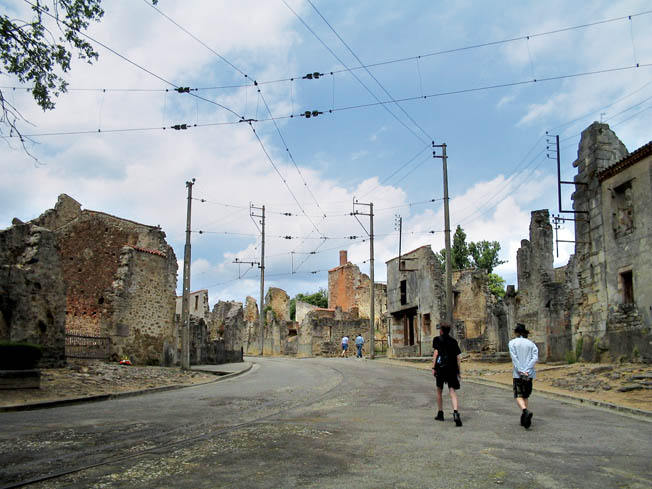
Setting the Town Ablaze
Within an hour, the mass killing was complete, but the search for escapees continued. An invalid old man was burned to death when his home was torched. Two children who were hiding in the church’s confessional stall were shot in the head. The engineer’s assistant from a maintenance tram was shot and his body dumped into the river. The engineer inexplicably was allowed to return with the tram car to Limoges. A group of cyclists on a day excursion from Limoges were apprehended as they entered the town and shot in front of the Beaulieu forge. Days later, an unexplained group of bodies was found in the well on the road to St.-Junien. People from the countryside heard the explosion and gunshots. If they approached the town to investigate or to look for a child in one of the schools, they were shot.
By 6 pm, German soldiers roamed through the streets of Oradour, looting and setting alight every building in the town. Only the house of M. Dupic, the town draper, was spared as an overnight accommodation for the soldiers. It was ignited the following morning. At about this time, the Pinéde children, still beneath the hotel staircase, were driven from their hiding place by the heat and smoke of the burning hotel. They made their escape into the rear yard. As they did so, the eldest, 22-year-old Jacqueline, collided with an SS trooper and, in her confusion, asked, “What should we do?” The soldier waved his arm toward an open field and the children ran. They survived.
“Don’t Go Into Oradour. They’re Shooting There.”
Word of the massacre spread; indeed, citizens with friends or relatives living in Oradour went to the town’s outskirts, and a few even quizzed the guards blocking access. They received various explanations, but only one managed to pass the guards. He spoke to an officer about his missing children but was ordered to leave. Surprisingly, he was allowed to do so. The killing had ended.
That evening Sturmbannführer Diekmann returned to Limoges to meet with his commanding officer, Standartenführer (colonel) Sylvester Stadler, at the Der Führer regimental headquarters. He reported what he had done, claiming that the village was filled with explosives and maquis. Stadler expressed shock and promised a court of inquiry.
Diekmann returned to Oradour just before the regularly scheduled tram from Limoges. The tram’s riders had their papers checked, and those from Oradour were ordered off the tram. The others were sent back to Limoges. At first it appeared that there would be 20 additional victims. They were taken to a field command post outside the town. Encircled by soldiers, they feared execution as a heated debate among the Germans ensued. They were released with instructions not to go to Oradour.
About 9:30 pm, still daylight during the wartime double Daylight Saving Time, the majority of the soldiers departed for the nearby village of Nieul, leaving only 20 or 30 rearguard troops in Oradour. During the night, parents, anxious about the nonreturn of their children from the day’s classes, gathered outside the town. Gradually word spread: “Don’t go into Oradour. They’re shooting in there.”
It was not until the final soldiers left the town at 6 am Sunday morning that the citizens discovered the full extent of the tragedy. The town was completely destroyed—not one of its 328 buildings remained undamaged. Partially or completely burned bodies lay everywhere.
On Monday morning a small detachment of Wehrmacht troops arrived and started to bury the dead in common pits. The work continued into Tuesday, but as the news of the atrocity spread, the efforts dwindled. As it was, the men had been summoned to Normandy and had orders to enter the battle being waged there.
French aid workers followed and exhumed the bodies buried by the Germans, attempted identification, and collected personal effects. Only 52 bodies could be formally identified. The other 590 were too badly burned. Only 10 victims of the roundup survived: the five men who escaped from the Landy barn; Madame Rouffanche; Roger Godfrin, an eight-year-old who ran out the back door of the school when the Germans ordered the children to the marketplace; and the three Pinedé children, whose parents both died. Twenty-eight successfully hid from the initial roundup, and 36 citizens of the town were away that day.
Fate of the Murderers at Oradour
Stunned by the brutality shown at Oradour, the resistance essentially ceased its attacks, but Allied air supremacy made transport a difficult and risky proposition. The Das Reich Division eventually reached the battlefront. On June 30, Diekmann was killed by a shell splinter to the head when he left his command bunker without his helmet. Comrades claimed that he just did not care anymore. He is buried in La Cambe German Cemetery in Normandy. Kämpfe’s body was recovered and is now buried in the German Military Cemetery at Berneuil. Kahn was twice wounded, lost an arm, and disappeared. It is believed that he died in 1977 in Germany. The court of inquiry was held when the unit arrived in Normandy, but a verdict was never reached.
In 1953, seven German and 14 French (Alsatian) members of Company No. 3, Battalion No. 1, Der Führer Regiment, 2nd SS Panzer Division Das Reich were brought before a military tribunal in Bordeaux, France, and charged for their participation in the Oradour atrocity. The tribunal was led by jurist M. Nussy-Saint-Saëns and consisted of six officers who had been in the French Resistance. Several of the key participants could not be located or refused to attend. The commanding officer of Das Reich, Brigadeführer Heinz Lammerding, had already been condemned to death for the hangings in Tulle. Although living openly in Düsseldorf, he was not forced to attend, as the British, in whose zone of occupation he lived, claimed to have never received an official request for his extradition. Lammerding died of natural causes in 1971. Diekmann and Kahn were dead; Stadler claimed no knowledge of the event and was not charged.
The seven German defendants—none of them officers—had already been in jail for eight years awaiting disposition of their cases. The Frenchmen, who had been interrogated as witnesses after the war and then released, returned voluntarily, expecting only to give testimony. The trial became divisive, pitting local Frenchmen against Germans and residents of the newly recovered province of Alsace. The trial was greatly complicated over the status of the 14 Alsatian defendants. Two of the French defendants had since been awarded medals for their later service in the French Army in the Indochina fighting. One had received the Croix de Guerre. Most had been forced into the German Army. Some had deserted when the unit arrived in Normandy. By French law, others were below the age of adulthood when the events occurred.
German soldiers had been forced to sign statements written in English that they did not understand. Previously obtained confessions were recanted as having been extracted under torture. New retroactive laws shifted the burden of proof from the prosecution to the defense. Essentially, those accused would have to prove that they did not commit any crime. They would also have to prove that they were not members of a criminal organization, the German SS. The French press reported the story with zeal. Only one of the defendants could be identified by a survivor as having participated in the massacre. The defendant denied it. The French Law of Collective Responsibility was changed, and the trials of the German and Alsatians were continued separately.
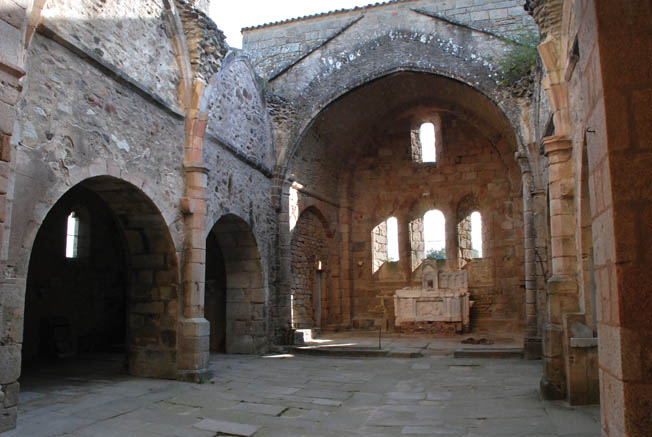
Alsatian Antoine Lohner testified that he was the interpreter for Hauptsturmführer Kahn when talking to Dr. Desourteaux. His squad forced men to remove wagons from Denis’s carriage house and forced the prisoners, including the old village priest, into the structure. He further testified that he saw fellow defendant Georges-Réne Boos throw hand grenades into the church. The other defendants were mostly silent except to proclaim their innocence.
After 32 hours of deliberation on the 800 separate charges, the verdicts were read on Friday, February 13, 1953. German Sergeant Karl Lenz was sentenced to death; four German defendants were sentenced to 10-12 years of hard labor. One had proven that he was absent from Oradour and was freed. Of the French Alsatian defendants, only Georges Boos, who had voluntarily joined the SS, was sentenced to death, not for war crimes but for treason. Lohner was sentenced to seven years hard labor. The other Alsatian defendants received sentences of 5 to 12 years of hard labor. One defendant was never tried as he had been found legally insane. The people of Limoges protested against perceived leniency for the perpetrators of the massacre. It was a judicial compromise.
The French National Assembly had passed a law granting complete amnesty to all those forced into the German Army. Still, the residents of Limousin thought the punishments too light and objected to the amnesty. Alsatians thought the sentences and amnesty disproportional. Eventually, both Lenz and Boos were pardoned.
In 1983, platoon commander Untersturmführer (lieutenant) Heinz Barth, who had been hiding in East Germany under an assumed name, was tried there for leading men during the massacre. He admitted to shooting into a crowd of men but claimed that he was only following orders. Found guilty of war crimes, he received a life sentence but was released in 1997 because of age and poor health. He died in 2007. Madame Rouffanche, who had spent a year in the hospital and had electrified the trial with her recounting of the church fire, died in 1988 at age 92.
Preserving the Ruins of the Martyr Village
Why Oradour-sur-Glane? It had been described at the trial by resistance fighters as a peaceful town, and the explanation offered was that the Gestapo confused it with another village 30 kilometers away that had been a hotbed of French Resistance activity. The other town was Oradour-sur-Vayres.
In 1946, the French government expropriated the land of Oradour-sur-Glane to preserve the entire ruins as a martyr village. A new village was constructed a few hundred yards to the west, but it was not until years later that the laughter of little children was to be heard on its streets. The government built a crypt near the town cemetery to hold the remains of the townspeople, but political disagreements over the prosecution and amnesty of the Alsatian SS men resulted in the refusal of the survivors’ families to turn over the remains. Instead, they built their own ossuary in the cemetery, which holds those ashes to this day. The crypt still stands, holding a few relics of the town.
To dramatize the massacre, the ruins and their meager contents have been frozen in time at the moment of the village’s destruction. Barren streets are lined with the stone and concrete shells of burned-out buildings. Façades hold black plaques identifying the owner or business. Visitors silently wander along the rails of the tram line from the station down the hill toward the church. Tram wires and telephone cables stretch overhead. Doorways without doors and windows without frames or glass permit inspection of what little remains inside each dwelling. A metal sink resides in the corner of a burned kitchen. A Singer sewing machine sits along the wall of a parlor. There are few surviving upper stories, the support beams having burned and collapsed; the sky is visible through glassless windows. Rusting hulks of automobiles sit in destroyed garages, their tires and other flammables burned away, only the metal frames remaining. In the church, the only building that visitors are allowed to enter, a crushed infant’s carriage rests near the altar. Bullet holes pockmark the lower levels of the walls as black smoke stains creep up toward the open sky.
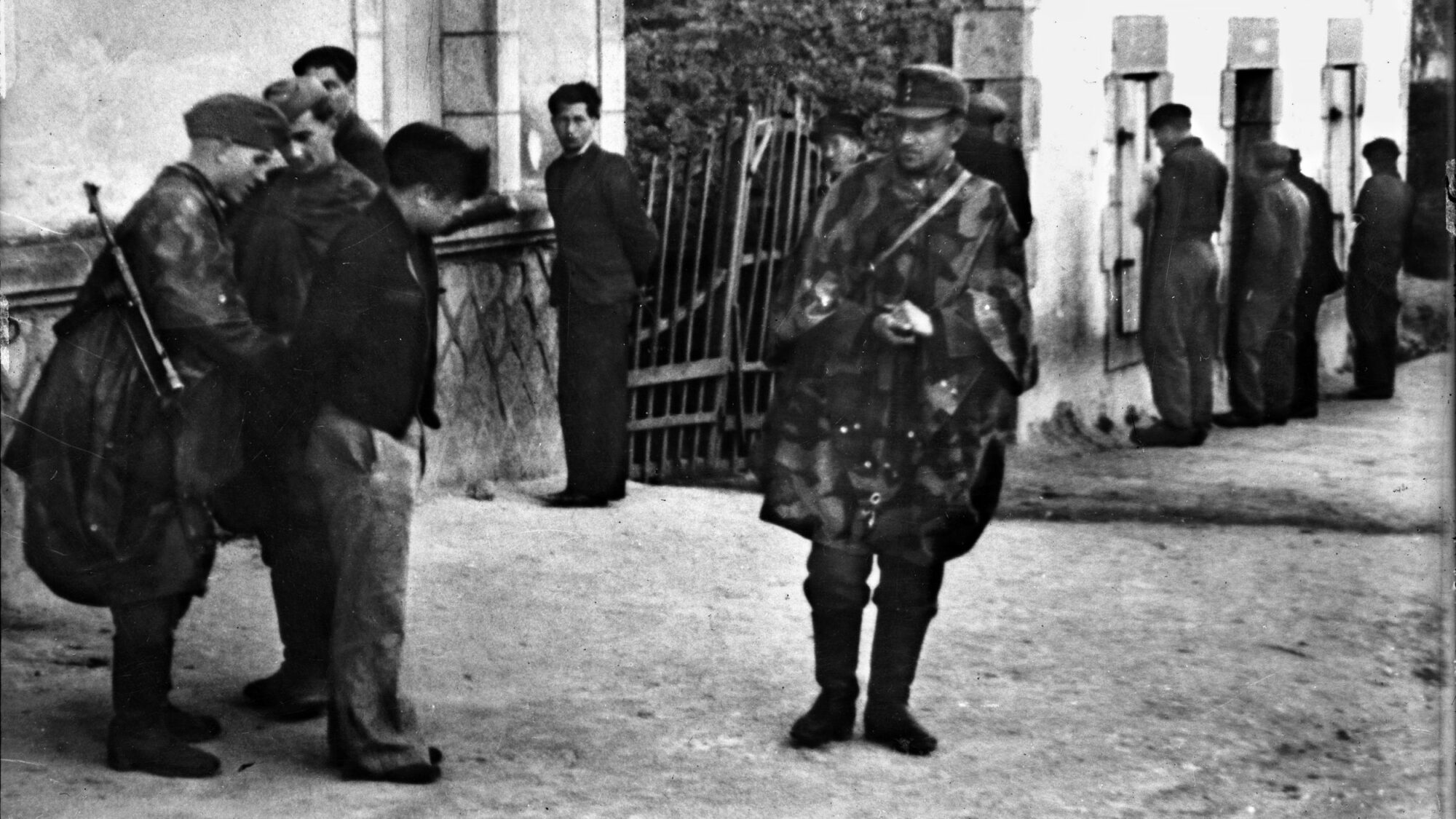

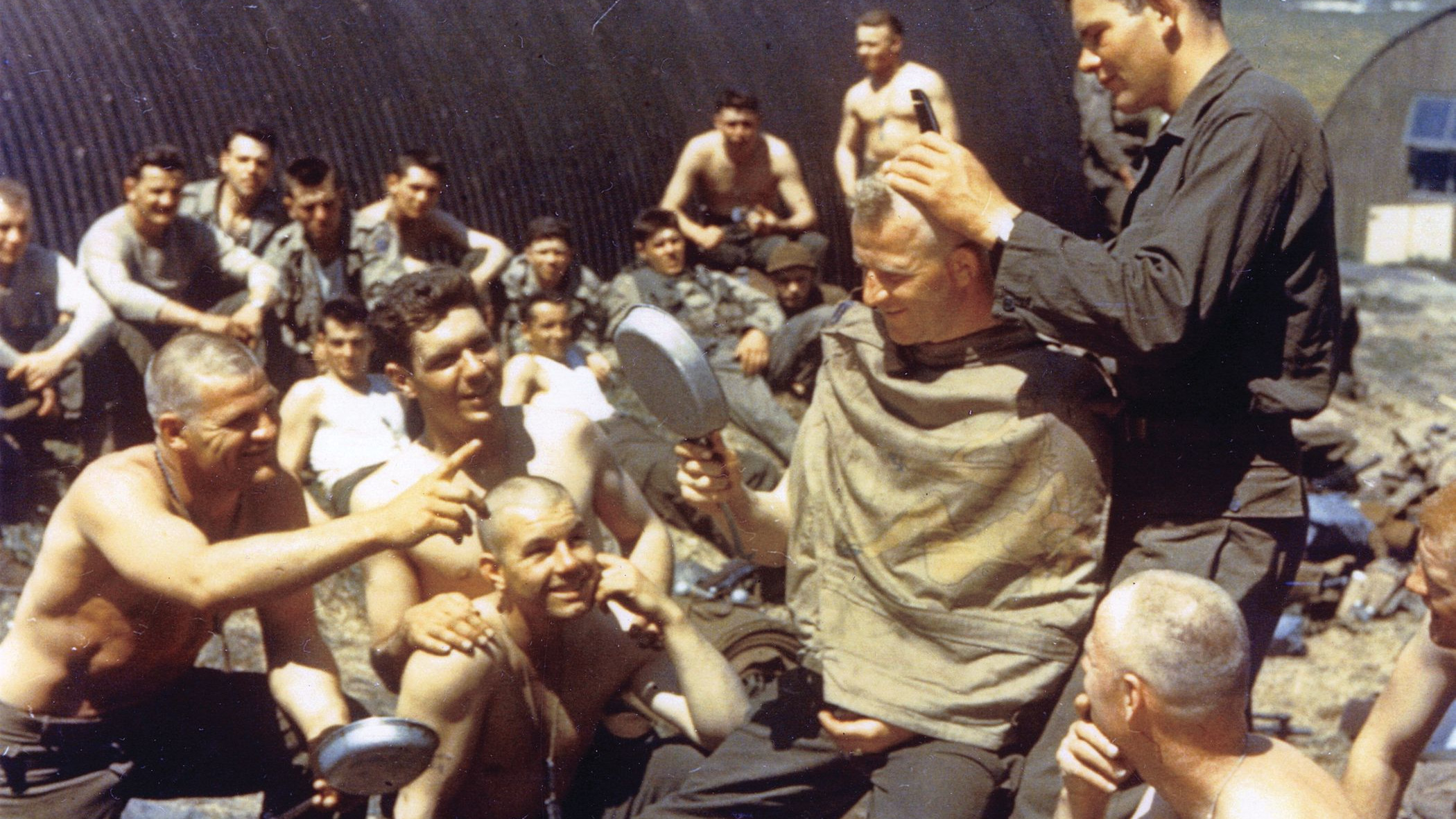
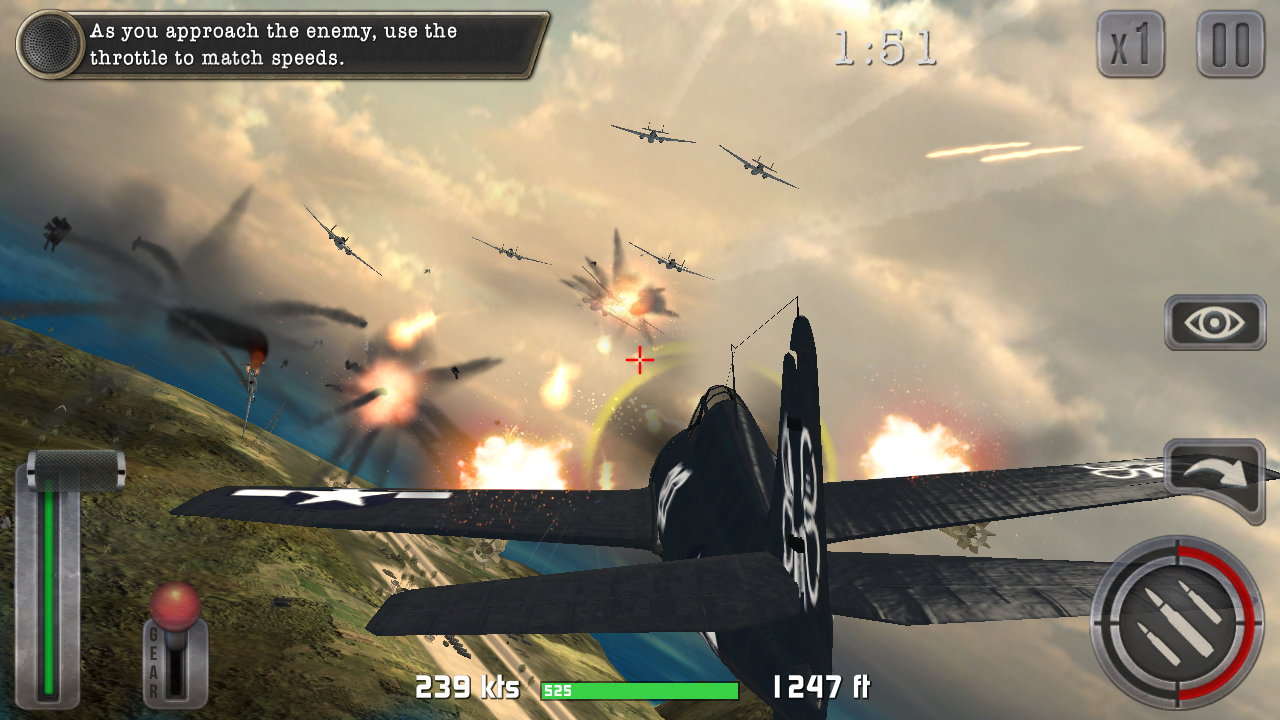
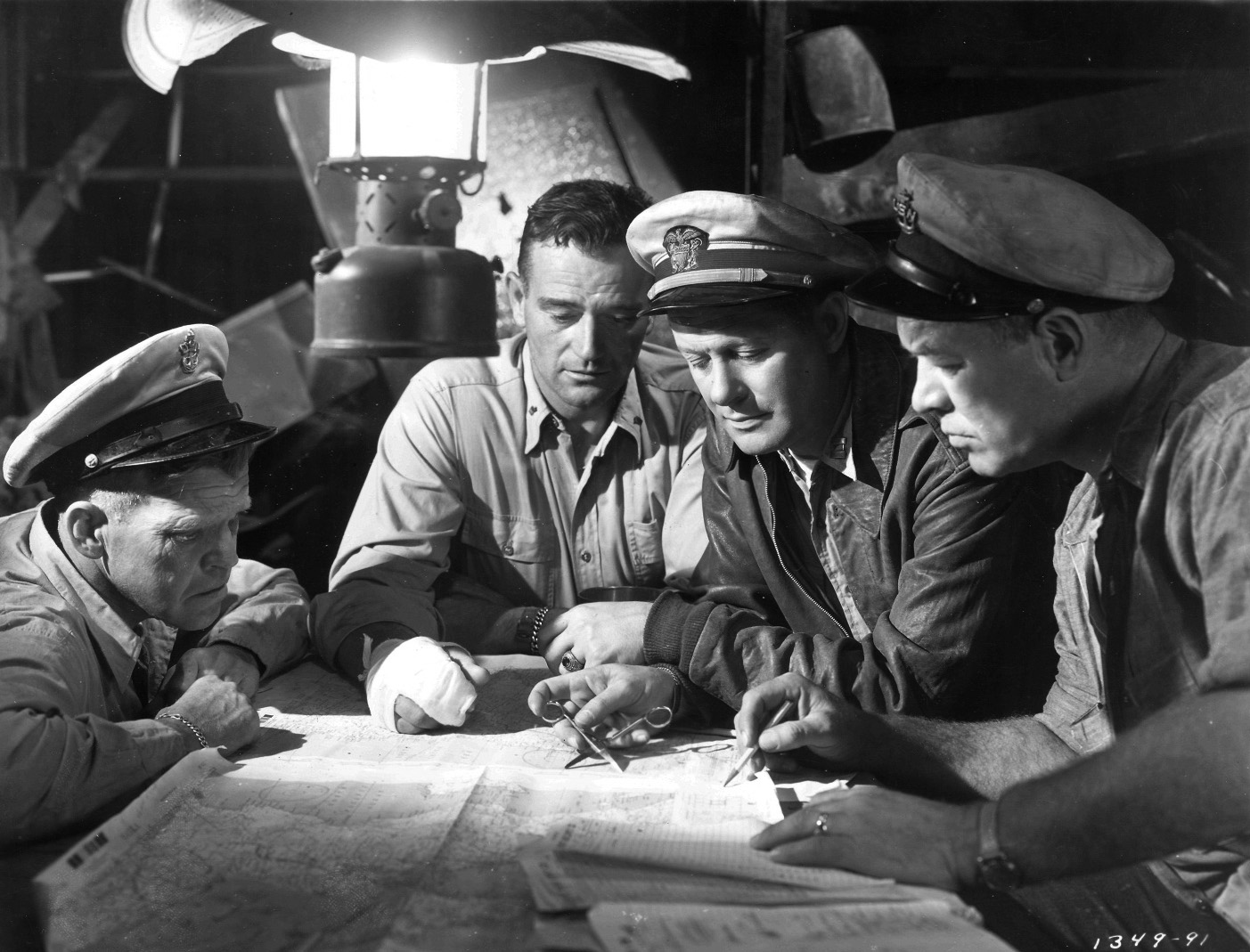
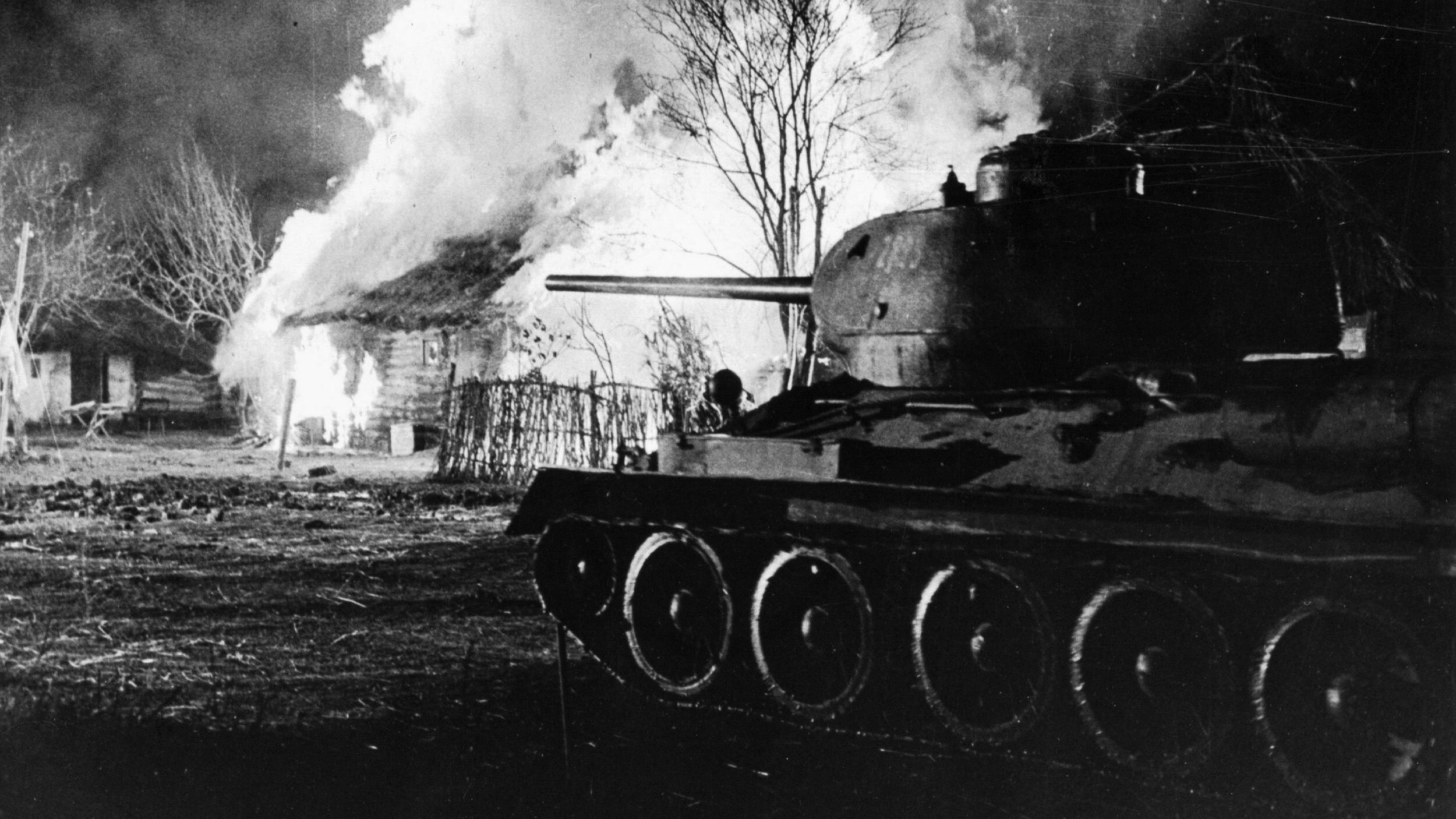
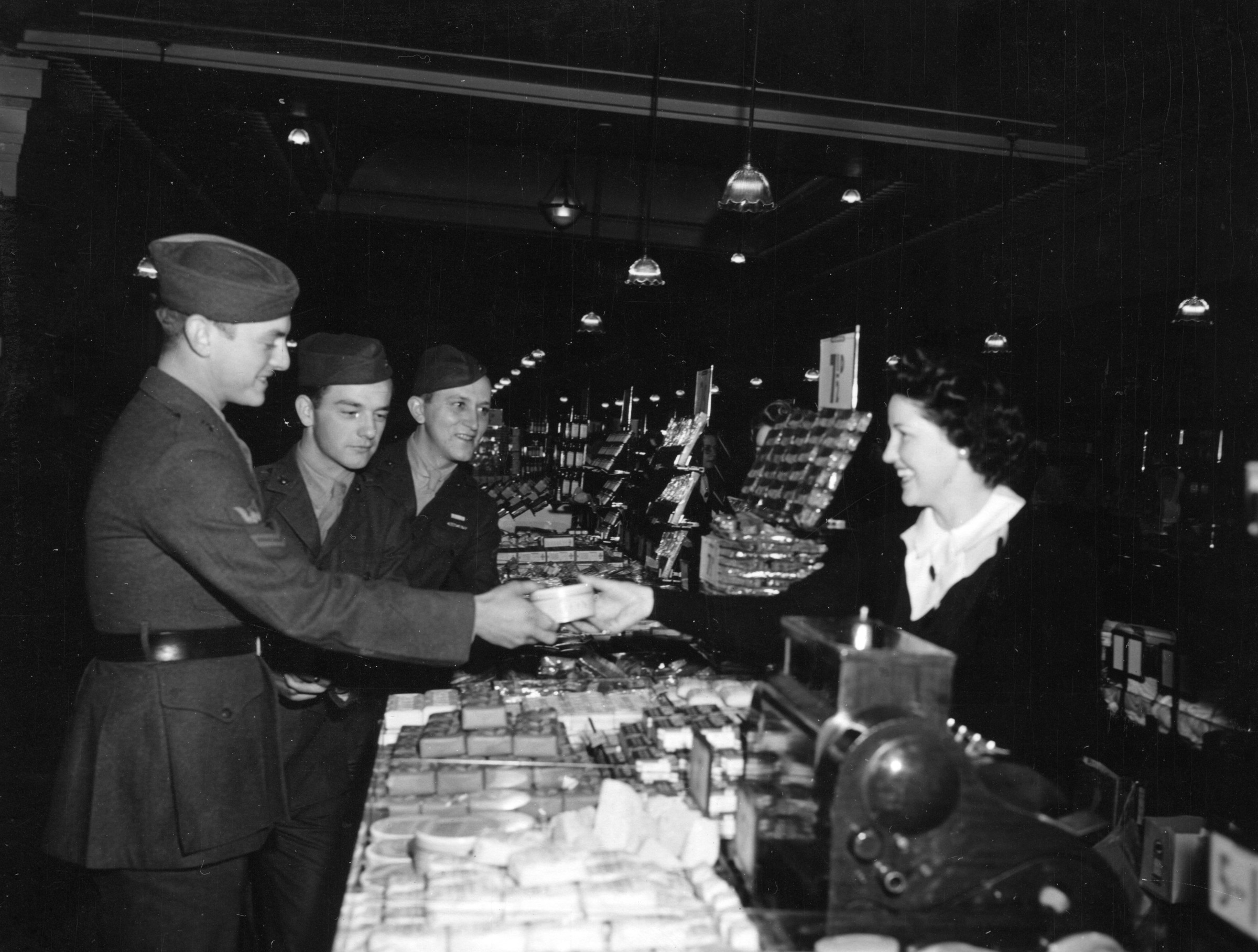
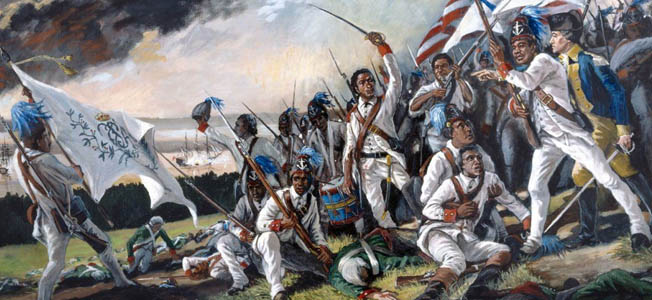
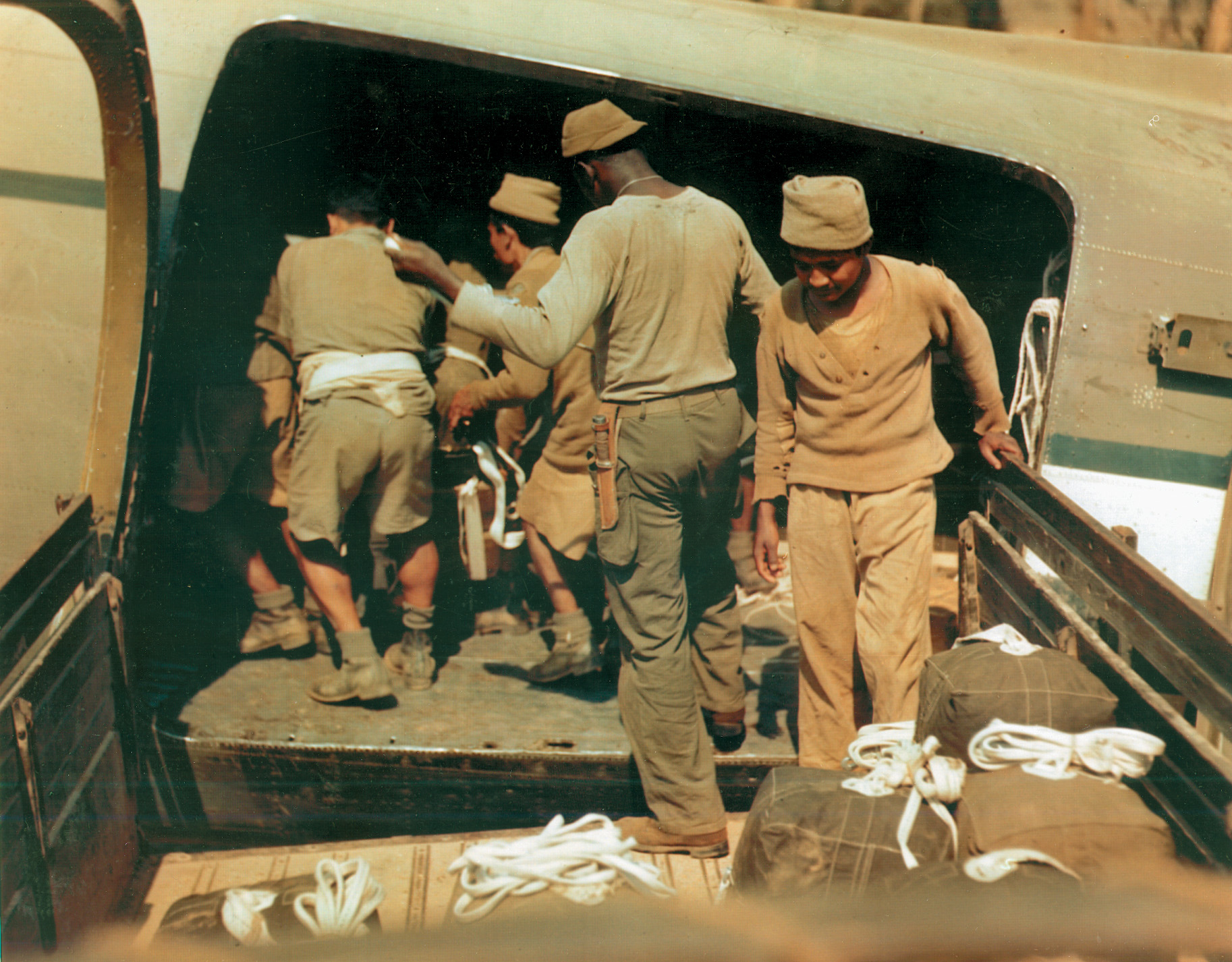
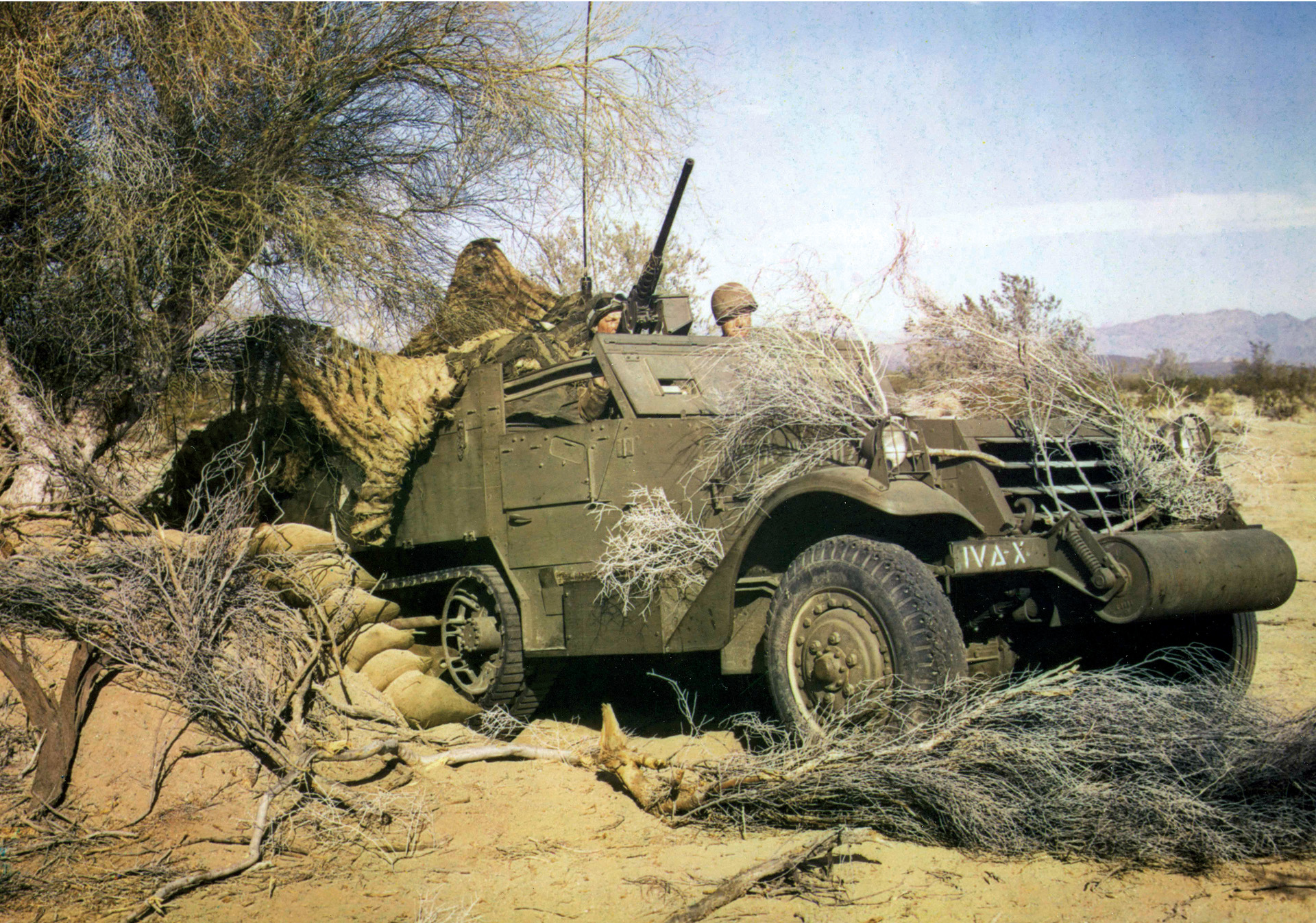
Join The Conversation
Comments
View All Comments